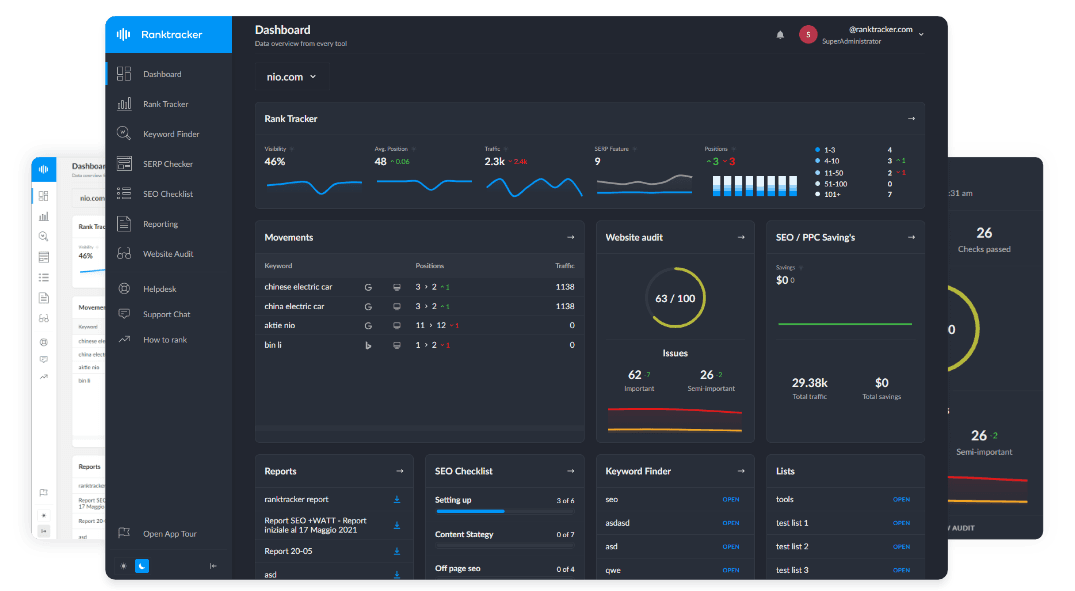Intro
When it comes to AdSense revenue, the quality and intent of your website traffic are key factors. Organic traffic and paid traffic influence earnings differently, with organic traffic often yielding better performance metrics like CTR (Click-Through Rate) and RPM (Revenue Per Mille). This article explores how these two traffic sources impact AdSense revenue and provides tips to optimize each for better results.
What Is Organic Traffic?
Organic traffic refers to visitors who find your website through search engines like Google, Bing, or Yahoo. These users arrive at your site after searching for specific keywords or topics.
Benefits of Organic Traffic for AdSense
- Higher User Intent: Organic users are actively seeking information, making them more likely to engage with ads relevant to their queries.
- Better Engagement: Organic visitors often stay longer on the site, increasing ad impressions and potential clicks.
- Higher CPC and RPM: Advertisers value organic traffic because it often leads to conversions, resulting in higher bids for keywords.
Example: A website with predominantly organic traffic might achieve an RPM of $20–$40, significantly higher than paid traffic.
Tip: Invest in SEO strategies to increase organic traffic, focusing on high-CPC keywords and valuable content.
What Is Paid Traffic?
Paid traffic includes visitors brought to your website through advertising campaigns on platforms like Google Ads, Facebook Ads, or other paid channels.
Challenges with Paid Traffic for AdSense
- Lower User Intent: Paid visitors often click ads out of curiosity rather than a specific need, leading to lower engagement and CTR.
- Cost vs Revenue: The cost of acquiring paid traffic may outweigh the revenue generated through AdSense, especially in low-CPC niches.
- Ad Overload: Visitors coming from paid sources may already have ad fatigue, making them less likely to interact with additional ads on your site.
Example: A site heavily reliant on paid traffic may have an RPM of $5–$15, much lower than organic traffic.
Tip: Use paid traffic strategically, directing it to pages with high AdSense performance or affiliate offers to maximize ROI.
Comparison of Organic and Paid Traffic Performance
| Metric | Organic Traffic | Paid Traffic |
|---|---|---|
| Average RPM | $20–$40 | $5–$15 |
| CTR | Higher (2–5%) | Lower (0.5–2%) |
| User Intent | High | Moderate to Low |
| Cost | Free (time/effort investment) | Paid (ad budgets required) |
| Engagement | Higher (longer session durations) | Lower (shorter sessions) |
Why Organic Traffic Outperforms Paid Traffic in AdSense
- Relevance to Ads: Organic users arrive with specific intent, making them more likely to engage with relevant ads.
- Lower Bounce Rates: Organic visitors tend to explore your site more thoroughly, increasing ad impressions and clicks.
- Cost-Effectiveness: Organic traffic doesn’t require ongoing ad spend, making it more profitable in the long run.
When to Use Paid Traffic for AdSense
While organic traffic is generally more profitable, paid traffic can still be effective in certain scenarios:
- Targeted Campaigns: Use paid ads to drive traffic to high-CPC pages, such as finance or technology-related content.
- Boosting New Content: Promote new articles to kickstart visibility and attract organic backlinks.
- Seasonal Campaigns: Leverage paid traffic during peak seasons to capitalize on higher advertiser budgets.
Tip: Carefully calculate the ROI of paid traffic to ensure it justifies the cost compared to the revenue it generates.
Tips to Optimize AdSense Revenue from Organic and Paid Traffic
For Organic Traffic:
- Focus on SEO: Target high-CPC keywords and optimize content for search engines.
- Create Evergreen Content: Write articles that remain relevant over time, ensuring consistent traffic.
- Improve User Engagement: Use internal linking and multimedia to keep visitors on your site longer.
For Paid Traffic:
- Target High-Value Audiences: Use demographic and interest targeting to attract users who are more likely to engage with ads.
- Direct Traffic to High-Performing Pages: Send paid visitors to pages with historically high CTR and RPM.
- Monitor Campaign Performance: Continuously analyze and refine paid campaigns to improve ROI.
Real-Life Example: Organic vs Paid Traffic Impact on Revenue
A blog focusing on personal finance topics generated 80% of its traffic organically and 20% from paid ads.
- Organic Traffic: RPM averaged $35, with users spending 3–5 minutes per session.
- Paid Traffic: RPM averaged $12, with users spending less than 1 minute per session.
By shifting their focus from paid campaigns to SEO, the blog increased organic traffic by 50% in six months, boosting overall AdSense revenue by 40%.
Conclusion
Organic traffic consistently outperforms paid traffic in AdSense revenue due to higher user intent, better engagement, and cost-effectiveness. While paid traffic can be useful in targeted scenarios, it requires careful planning and monitoring to ensure profitability. Prioritizing organic traffic through SEO and content optimization remains the most sustainable and rewarding strategy for maximizing AdSense earnings.

